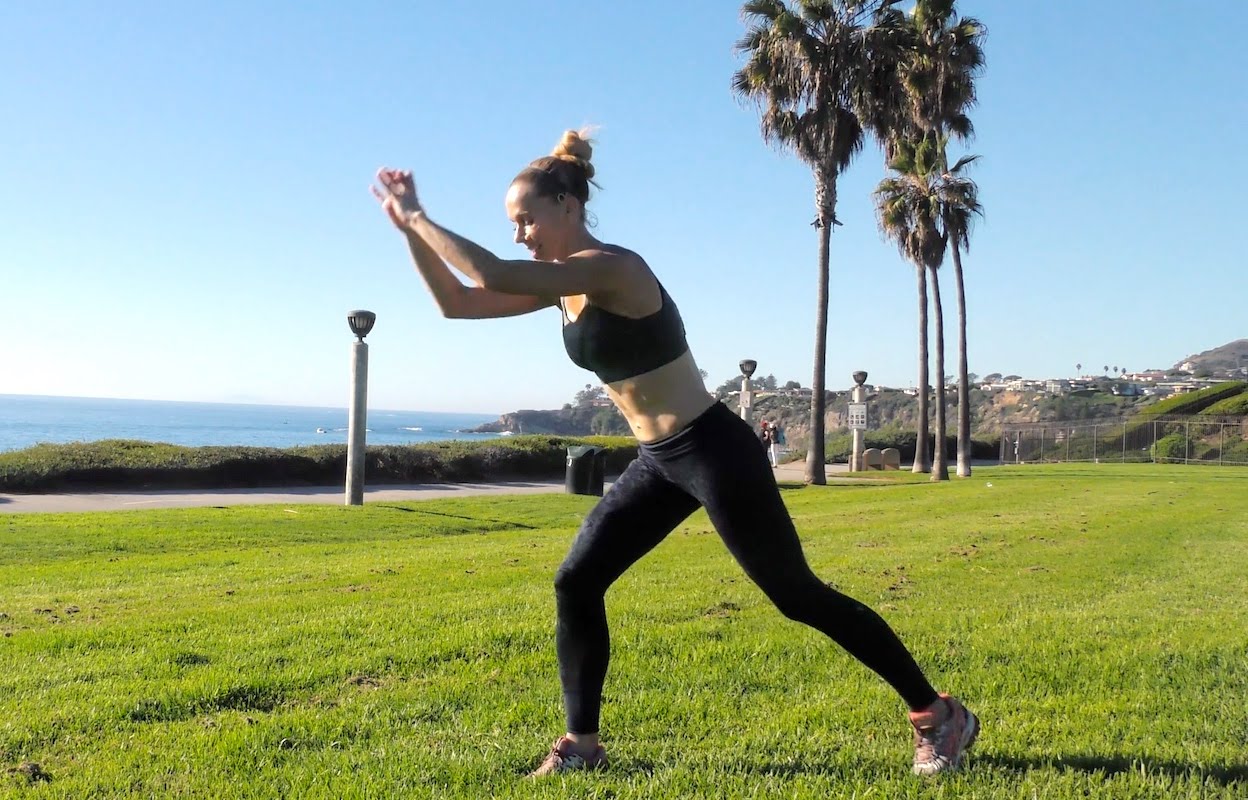There has never been a shortage of people who will tell you their diet is better than yours. At the moment, people are talking about keto and paleo diet plans, with every follower claiming their plan is the best for weight loss and fighting diseases.
Diet plans have surged in popularity over the last few years, with each one enticing people with the promise of quick weight loss and improved health. The truth, however, is when it comes to heart health, not all diets are created equal.
Overview
The Heart Health Perspective
Ranking Diets for Heart Health
The Controversy Surrounding Low-Carb Diets
Positive Aspects of Atkins and Keto Diets
The Paleo Diet: An Ancestral Approach
Top Heart-Healthy Diets
The Reality of Following Diets
Conclusion
Frequently Asked Questions
The Heart Health Perspective
While keto and paleo diets have gained a lot of popularity, experts have raised eyebrows regarding their implications for the health of your heart.
There’s no doubt these diet plans can help people lose weight in the short term. The problem, however, is they’re both high in fat without limiting saturated fats. According to the American Heart Association, consuming high levels of saturated fat and low levels of fiber can lead to the development of cardiovascular disease.
Keep in mind that these diets are highly restrictive, and difficult for many people to stick to them in the long term. We agree that there are short-term benefits of keto and paleo with significant weight loss. But they’re not sustainable! An effective diet plan meant to help you lose weight from a practical perspective should be sustainable.
Advocates of keto and paleo have been aggressively promoting them on social media platforms by spreading misinformation about their health benefits. But, it’s important to note that we can’t ignore reports from an authoritative organization such as AHA. Let’s dive deeper into AHA’s evidence-based rankings.
Ranking Diets for Heart Health
How do various diets stack up compared to others? The answer might surprise you.
In 2019, for instance, AHA produced its first-ever ranking of popular diets in their journal, Circulation. Their point was to judge various diets based on factors such as alignment with heart-healthy eating patterns. They also focused on flexibility, cultural preferences, personal considerations, and budget.
AHA’s guidelines for heart-healthy eating focus on whole grains, low-fat dairy, poultry, fish, nuts, legumes, and non-tropical vegetable oils. They recommend people limit their intake of sweets, sugar-sweetened beverages, and red meats.
So, how did the keto and paleo diets rank?
The Controversy Surrounding Low-Carb Diets
With so many diets competing for our attention, it’s important we understand the underlying concerns because not all that glitters is gold.
The AHA review placed low-carb diets like Atkins, ketogenic, and paleo in the bottom fourth tier out of four tiers. Their concerns stemmed from the high-fat content without an adequate limitation of saturated fats in keto and paleo diets. This combination is said to cause the development of cardiovascular disease, as earlier mentioned.
Both diets also severely restrict healthy carbohydrates as they broadcast the misconception that carbohydrates are bad for your health. This flies in the face of reports showing that quality carbohydrates are an important part of a balanced diet.
Positive Aspects of Atkins and Keto Diets
Ketogenic and Atkins diet plans are the same in that they both have a restriction on carbohydrates and focus more on proteins and fat as sources of energy. This restriction of carbohydrates is meant to place the body in a state of ketosis, causing the body to burn fat instead of its usual fuel source of glucose.
But not all is gloom and doom when it comes to keto and Atkins diets, as certain aspects of these diets have found favor with the experts. They, for instance, restrict sugar and refined grains. They also encourage the consumption of non-starchy vegetables like leafy greens and cauliflower.
The Paleo Diet: An Ancestral Approach
Since the inception of the paleo diet, there has been a lot of debate on what is not the true ancestral diet. Paleo refers to the Paleolithic period that spanned 3.3 million years ago when human physiology evolved in close relationship with the food our ancestors ate.
This understanding follows that an ancestral diet can benefit our health by realigning our eating habits with our evolutionary physiology. Although this ancestral approach has intrigued many people, others are questioning where it stands in the eyes of the AHA.
The paleo diet encourages the consumption of the kind of foods that were available to our hunter-gatherer ancestors. This includes the consumption of foods like red meat, fruits, vegetables, nuts, and seeds. It excludes all processed foods, grains, legumes, dairy, and vegetable oils.
But just like the keto diet, the paleo diet lands in the bottom fourth tier of the AHA ranking. Concerns about heart health arise from its dominance of red meat and the exclusion of whole grains and legumes.
Top Heart-Healthy Diets
If you spend a lot of time on social media, especially TikTok, you must have noticed some questionable diet and nutrition advice like the canola oil scandal circa summer 2022. It’s for this reason that the AHA brought together experts to analyze common diet plans to tell facts from fiction.
Note that although keto and paleo have their controversies, other diets have always proved their worth when it comes to the health of our hearts.
The Dietary Approaches to Stop Hypertension diet (DASH) was above its peers by scoring 100 points. This made it the top-ranked diet for heart health. The DASH diet focuses on produce, nuts, beans, poultry, fish, and whole grains. It restricts salt, sweeteners, fats, and red meats.
The pescatarian diet ranked second with 92 points. It was followed by the Mediterranean diet at 89 points, with the vegetarian diet coming fourth with 86 points. These diets also emphasize produce, whole grains, nuts, healthy oils, and plant proteins.
A high ranking reinforces the alignment of these diets with the AHA’s heart-healthy eating principles.
The Reality of Following Diets
There is perhaps no dietary advice that has more unanimous agreement except, of course, for the reduction in our intake of hyper-processed food. That’s because heavily processed foods drive the inflammatory process that promotes diseases.
But in the real world, how feasible are these diets? It’s one thing to know their benefits, but it’s another to sustain them.
The AHA findings show the difference between the intended dietary pattern and actual societal eating habits. Those on paleo diets, for instance, often incorporate too many processed meats and very few fruits and vegetables.
Misinterpretations and aggressive misinformation have muddied the waters for those trying to make heart-healthy choices. That’s why it’s important to turn to credible, authoritative sources for guidance.
Conclusion
Keto and paleo diet plans have specific guidelines for users. These guidelines include and exclude certain types of food. There are also similarities, but the differences are more.
People following the paleo diet may eat processed foods as long as they are low in sugar and have no dairy or grains. Others may eat only foods in their natural state. People on the keto diet may eat any meat, while others may choose to focus on grass-fed and healthful meats only.
However, it is best you speak to your doctor before changing your diet, more importantly, if you have health conditions like diabetes and heart disease.
Frequently Asked Questions
Why do the keto and paleo diet plans score low in terms of heart health?
The keto and paleo diets are high in fats without adequately limiting the saturated fats linked to cardiovascular disease.
Are there any positive aspects of the keto and paleo diets?
These diets provide short-term weight loss benefits for some users. However, their long-term sustainability is questionable.
What are the top recommended diets for heart health and why?
The DASH diet is ranked first on the list, followed by the pescatarian, Mediterranean, and vegetarian diets. They align closely with the AHA’s heart-healthy eating principles.






